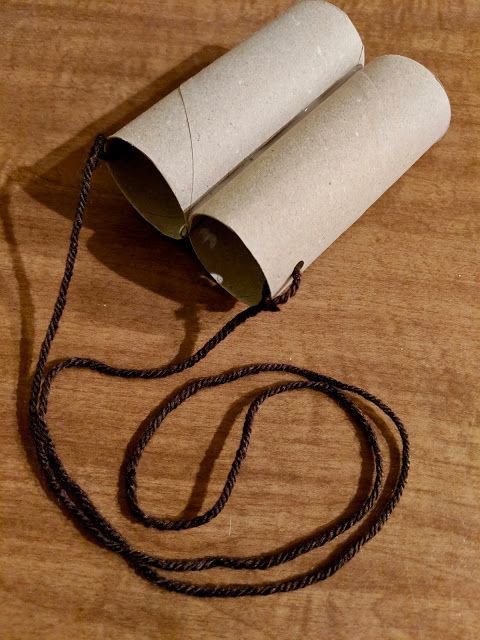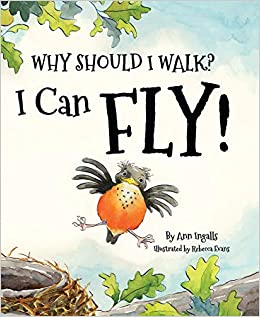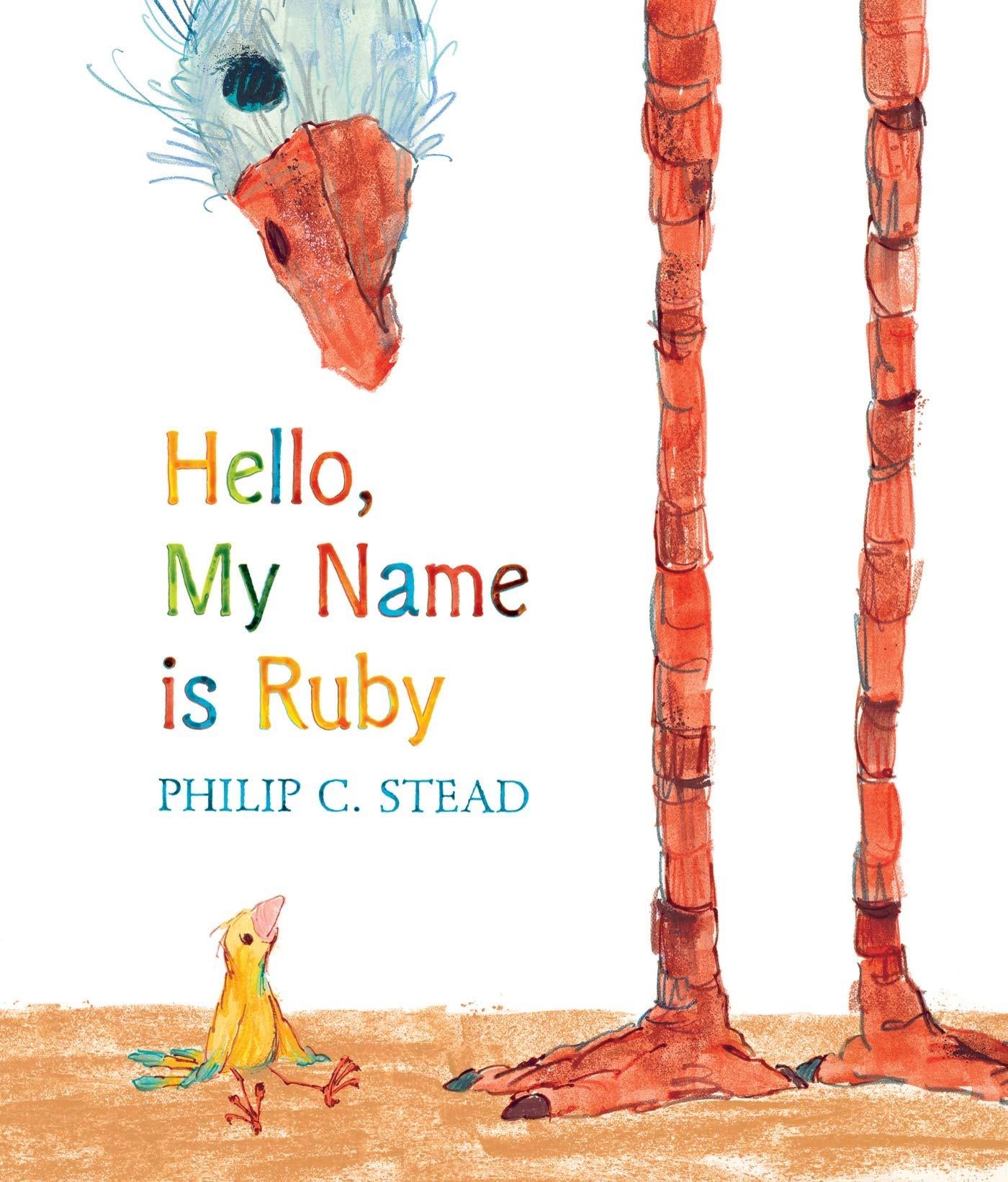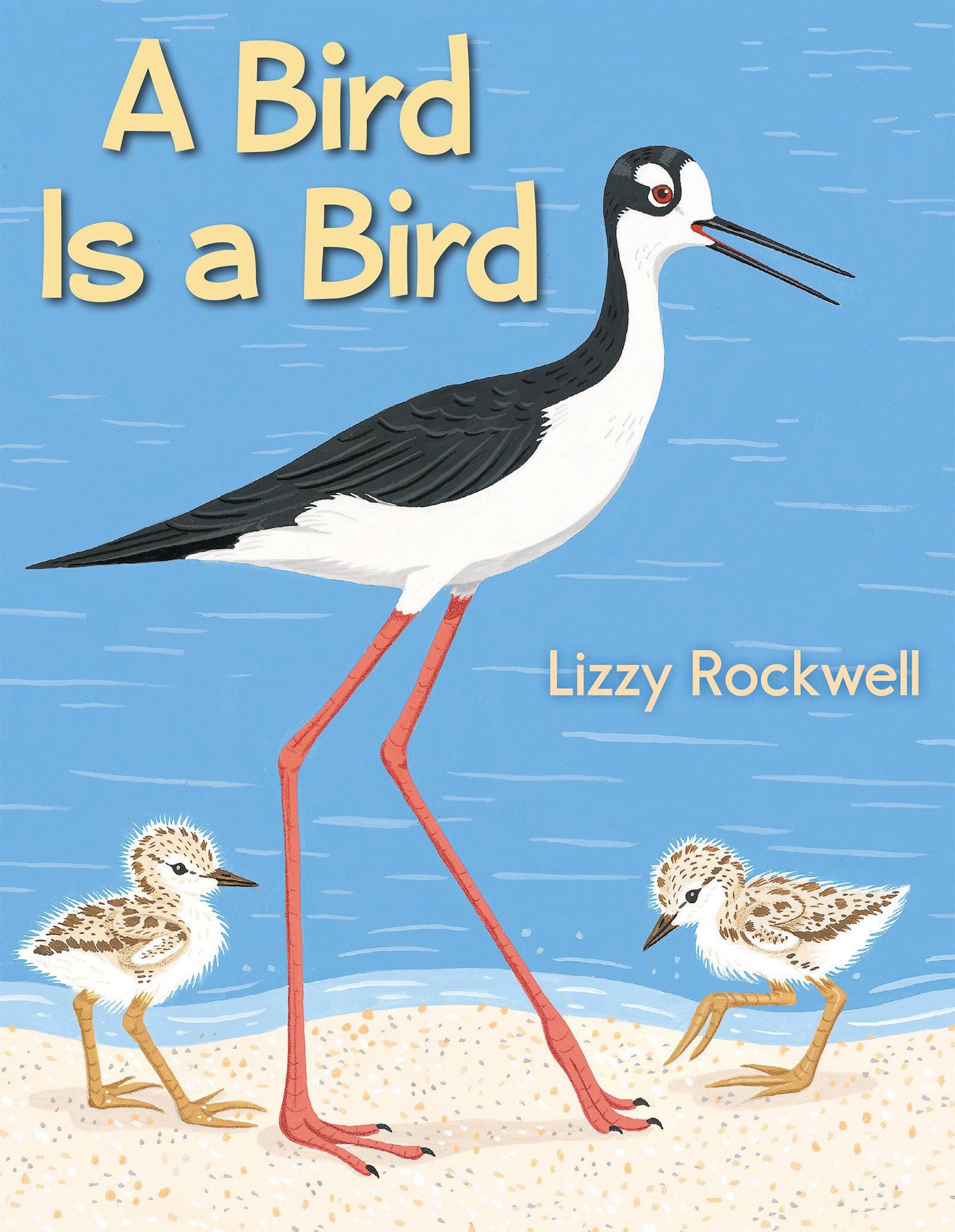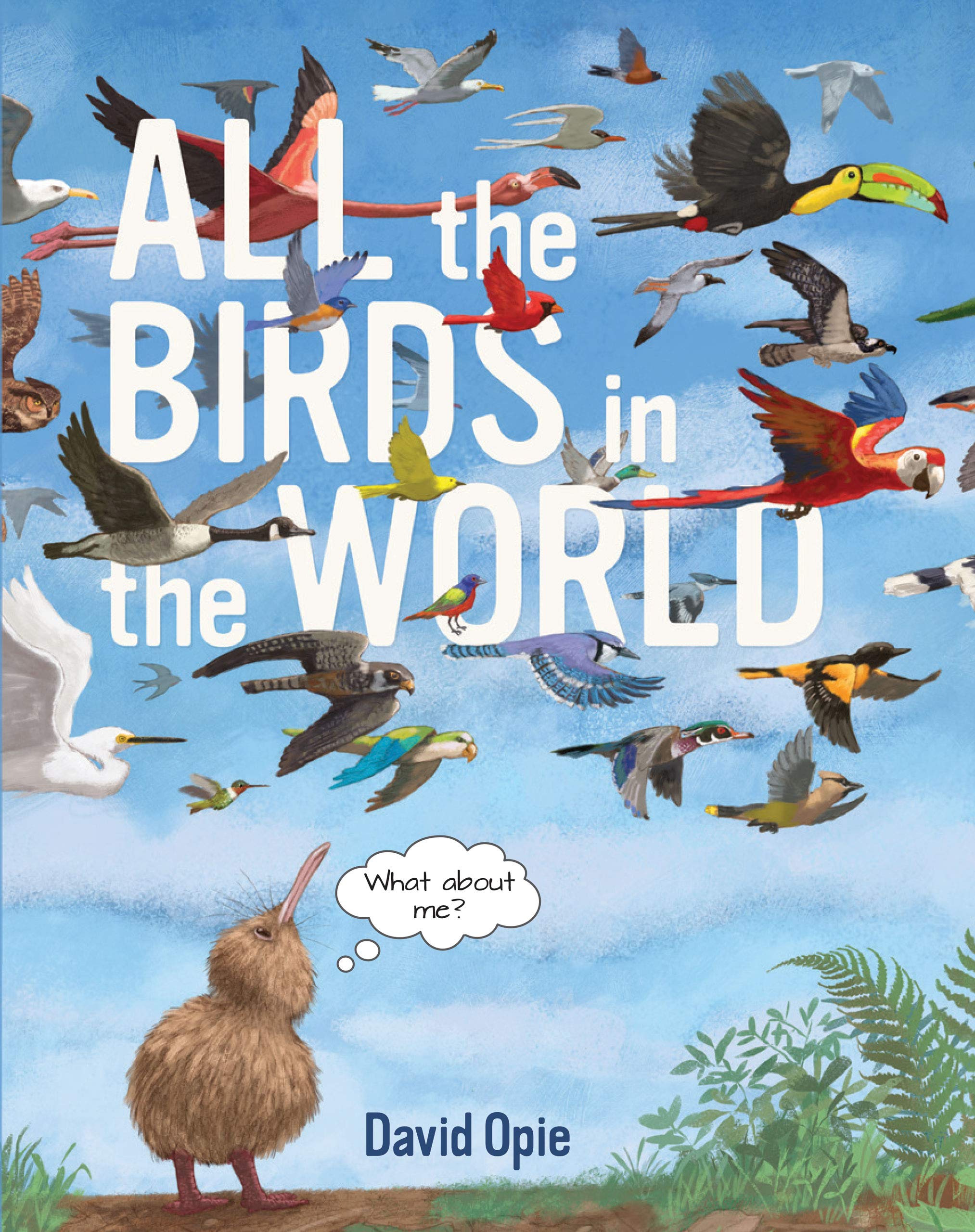Have you noticed the songbirds singing early in the morning or seen the daffodils poking their green stalks through the ground? Spring is here and the earliest signs of the changing seasons are everywhere. There’s no doubt that after a long winter, we all are ready to shake off the cabin fever of winter.
GO OUTSIDE AND LOOK FOR SIGNS OF SPRING
BIRDS SINGING
Walk outside in the early morning—what do you hear? If the birds are tweeting and singing, it’s a sure sign that spring is here. Robins start singing early, as well as warblers, sparrows, and finches. The presence of bluebirds is also a great sign that spring is approaching, as they don’t migrate north until all chance of winter has passed.
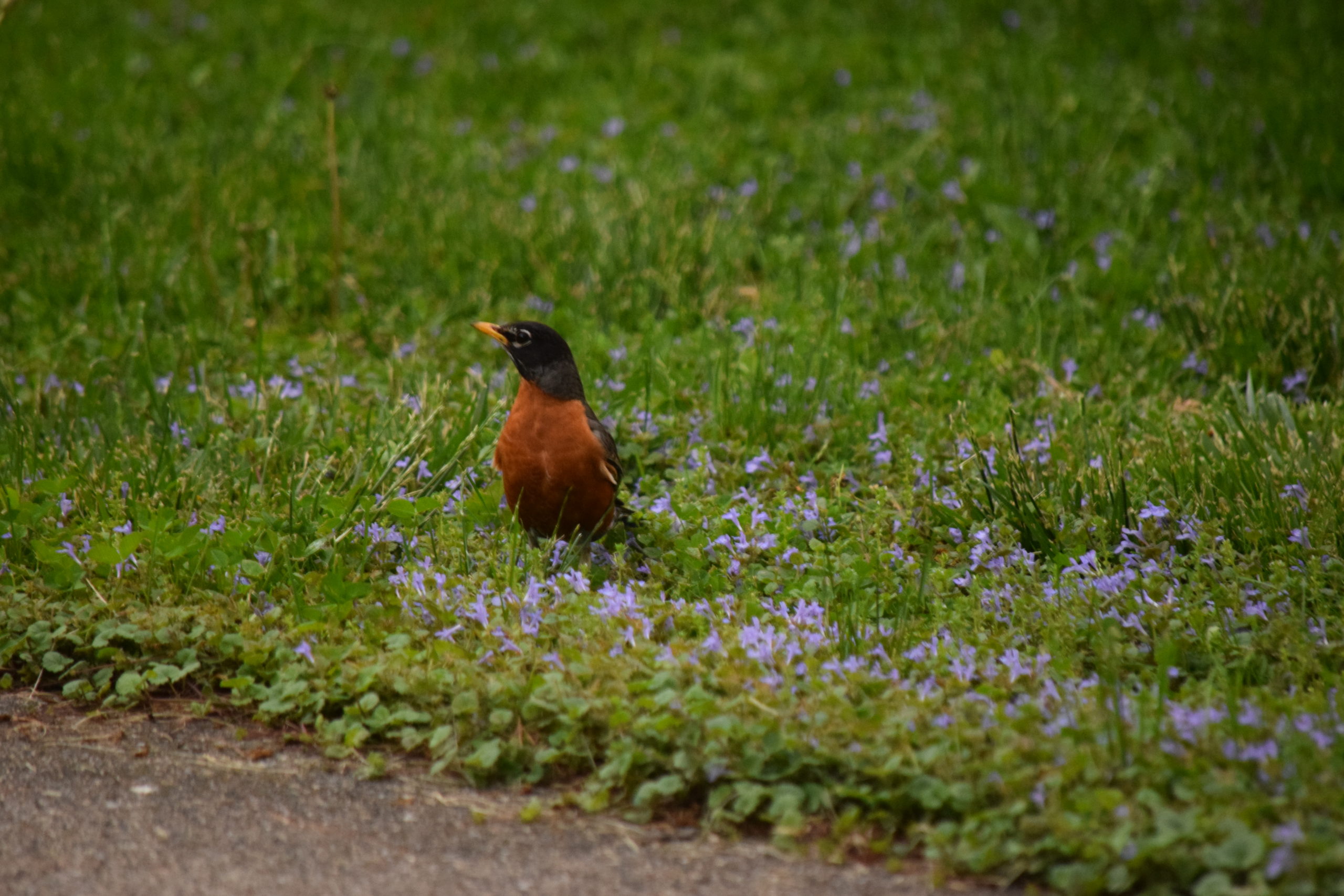
TREES BUDDING
It seems like magic when the barren branches of trees suddenly start to bloom. Keep an eye out for the earliest bloomers that offer the first signs of spring. Some pear trees, flowering cherry trees, willows, and maples are some of springtime’s first to show buds.
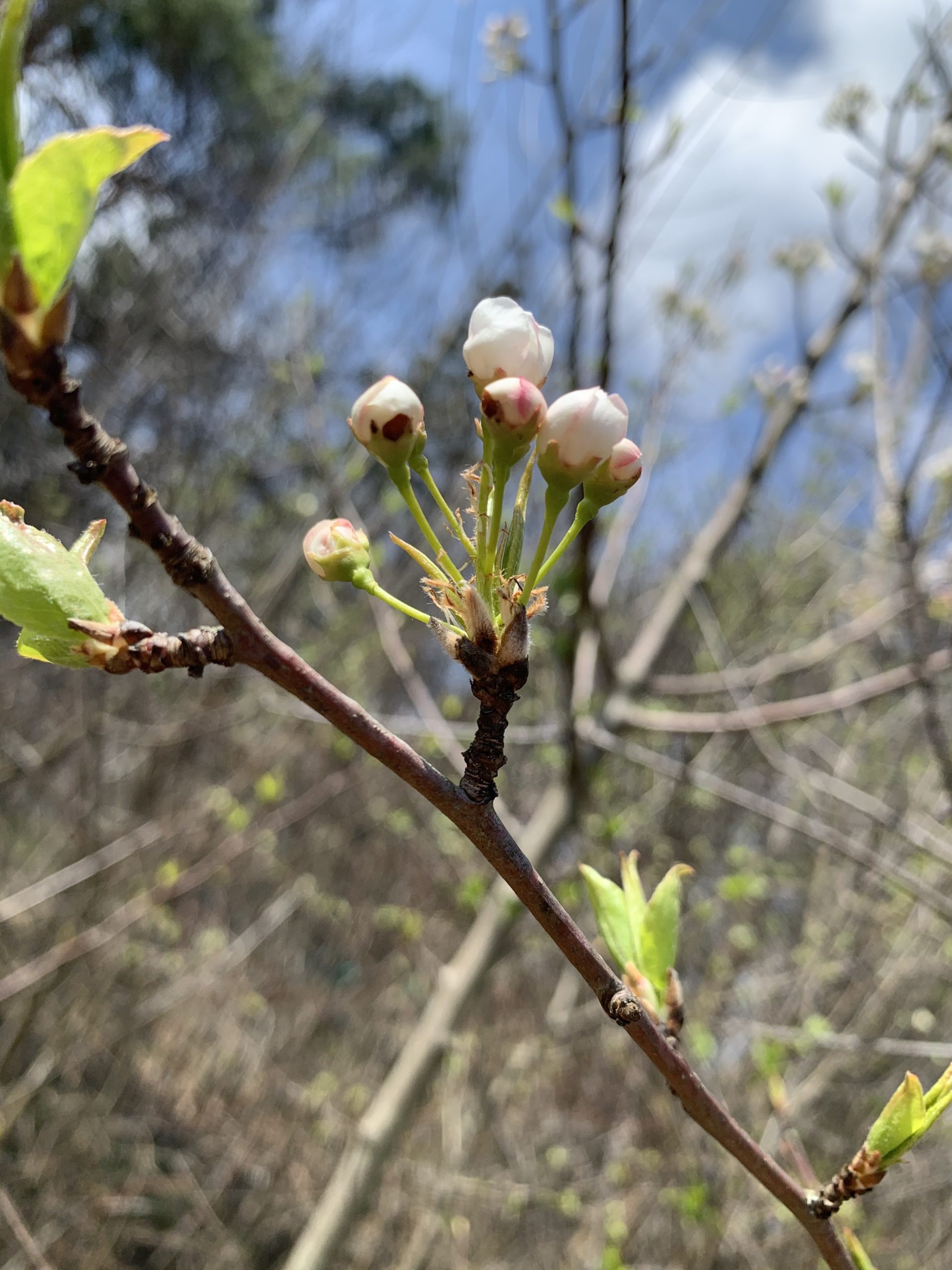
FORSYTHIA TURNING
When the brilliant yellow buds of the forsythia bush begin to bloom, it’s a sure sign that spring will follow close behind.

BEES AND BUTTERFLIES RETURNING
Some bee species begin to emerge as early as February in search of early spring flowers. On sunny days in early spring, you may also see butterflies floating through the garden. Monarch butterflies begin migrating north again after spending the winter in warm southern climates.

FLOWERS BLOOMING
Daffodil stalks begin shooting through the soil almost before the snow is completely gone. Crocus, trillium, snowdrops and primroses are also early bloomers—keep an eye out for their shoots to begin popping up through the soil.
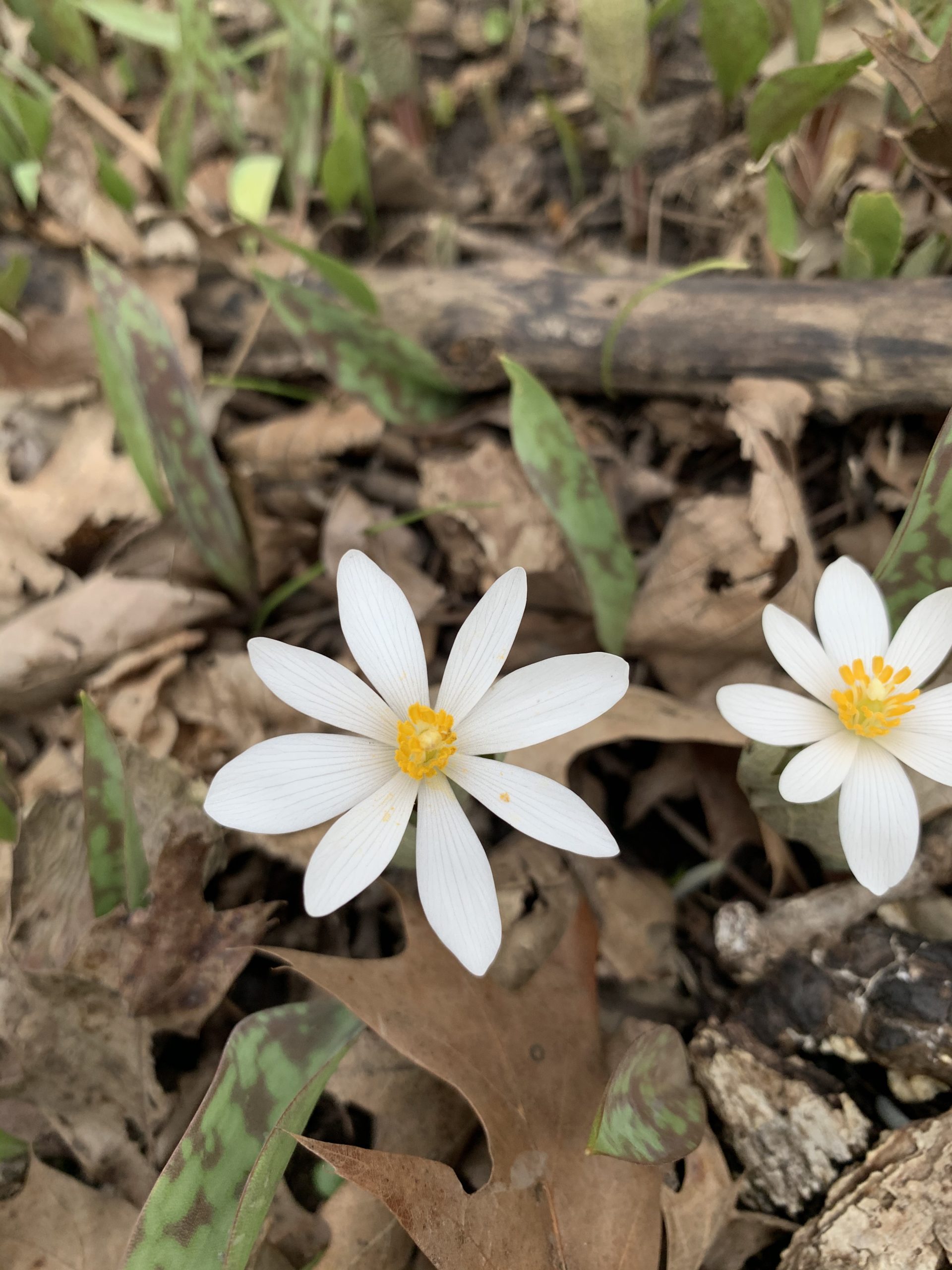
EARTHWORMS WRIGGLING
Earthworms come above ground only when the earth begins to thaw and the soil is ready for new root growth. Their appearance above ground is a gardener’s reminder that the ground is almost warm enough for planting. Animals and birds will then return to gobble up these tasty morsels as quick forms of protein.

RABBITS MATING
In early spring, rabbits will start to mate at night, and some rabbits will even get into fights over territory or mates. Though you might not see the rabbits, you’ll find signs of them everywhere. Small clumps of rabbit fur indicate a fight or a nest for the babies.

WOODPECKERS DRUMMING
Woodpeckers begin drumming in early spring and don’t stop until the fall. The birds use drumming to communicate with other woodpeckers, mark their territory and attract a spring mate. If you hear a familiar rapping on the trees, rest assured that spring is here.
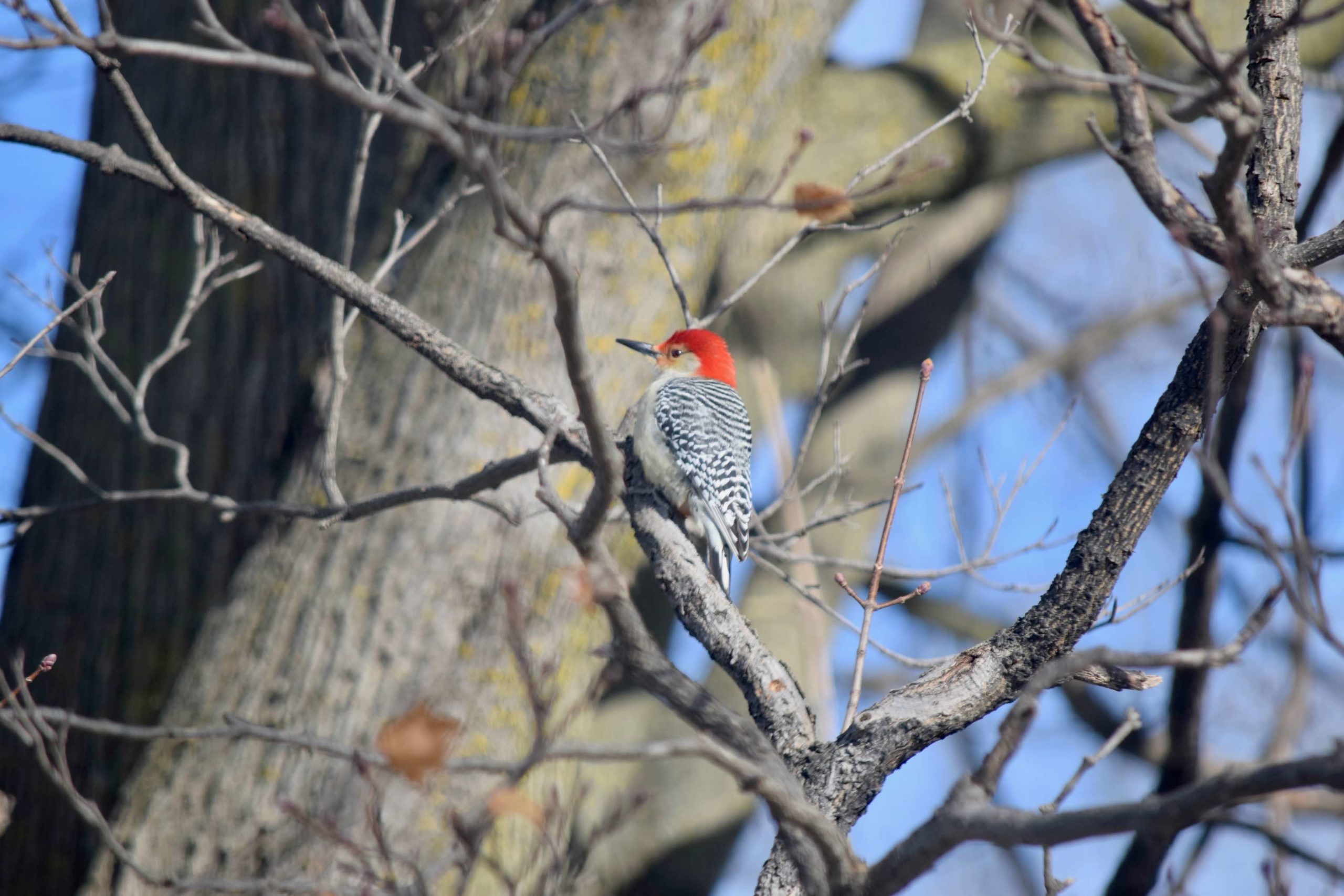
THE SMELL OF SPRING
Though it’s hard to describe, everyone knows the rich, musty, earthy smell of spring when it hits the nose. Perhaps it’s a mix of wet earth from early spring showers and the first hints of blooming bushes and flowers in the air, but that smell is a beloved sign that spring is creeping closer. And, of course, the pleasant smell of freshly cut grass after that first mowing of the year is a reminder of all the summer fun just around the corner.
MAKE A SPRING CRAFT
BIRDING
Birding gets us outdoors, and that’s a good place for kids (and adults) to be. Kids are natural explorers and studies show that spending time in nature is beneficial to both our physical and mental health.
HOW TO BIRD
Start off by reminding kids that birds are hard to spot, but easy to hear. Have them close their eyes and listen. Can they point to where the song is coming from?
Before you go: Rules for respecting nature
As you set out on your neighborhood excursion, teach your child basic etiquette for encountering wildlife. Observe animals from a distance. Pretty much any bird will fly away if you run toward it, shout, or try to touch it. Teach your kids to be quiet (well, quieter) to see wildlife.
What to do when you see a bird
You’re taking a stroll, and you spy a bird perched in a nearby tree…now what? Maybe you have absolutely no idea what bird it is. It doesn’t matter – you can still help your child observe the bird and describe what they see. Focus on the characteristics of the bird. Ask questions to direct their eyes and ears: “What color is it? What is it doing? Is it singing? What does the beak look like—is it small? Is it curved? What about the feet?”
The goal is to kindle curiosity about nature, hone their observation skills and encourage mindfulness as they interact with the world around them.
To help you identify a bird, download The Cornell Lab’s free Merlin app—it walks you step-by-step through the bird’s characteristics and suggests possible IDs based on your location.
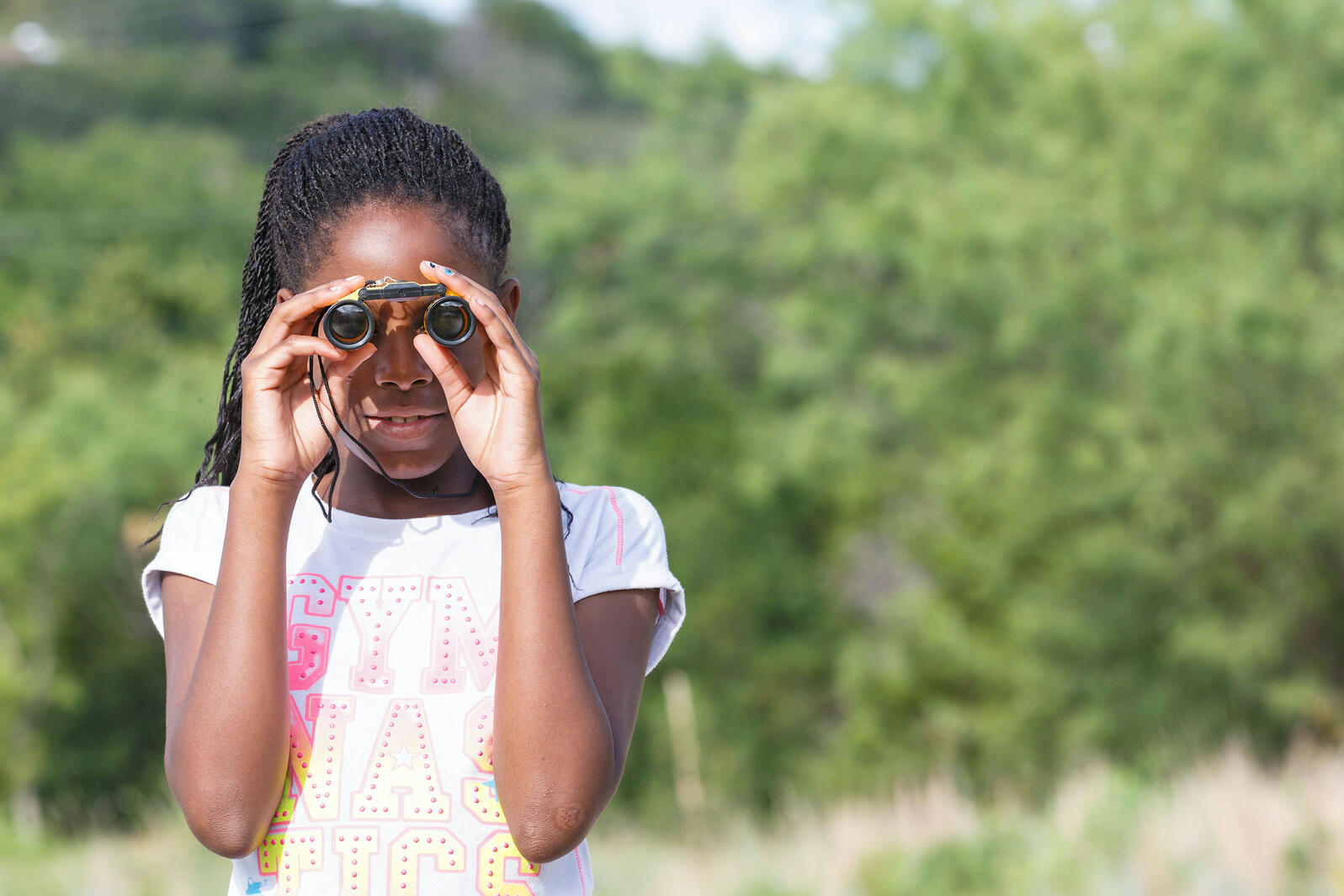
Where to find birds in your neighborhood
Besides anything green (trees, lawns, flowerbeds), these spots are especially appealing to birds:
PERCHES WITH A VIEW
Some species, including mockingbirds, prefer to survey their kingdom and divebomb trespassers from a rooftop, a stop sign or the highest point of a tree. Lots of species sit on fences and telephone wires too.
WATER
From your local duck pond to the sprinkler runoff. Ducks are an easy-to-spot option for small children, but don’t give into the temptation to feed them bread!
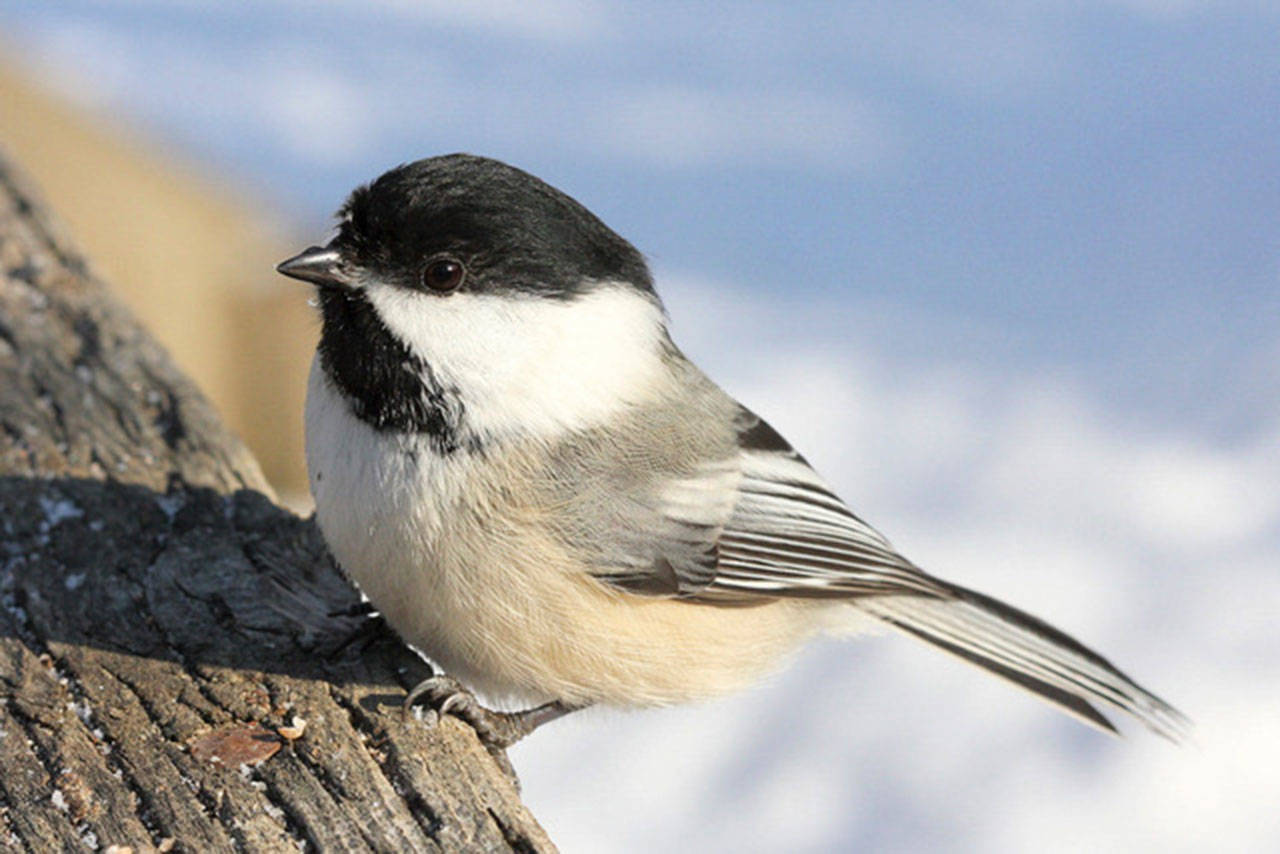
MORE IDEAS
BUILD A BIRD FEEDER
Building or decorating a bird feeder is another great project for crafty kids. You and your little ones can hang your feeder and then your whole family can enjoy seeing cardinals or finches out the window. Having a backyard bird feeder helps make birds a part of the fabric of your family life.
READ BOOKS
Including books about birds in your bedtime-story routine is also helpful because the more kids know about the amazing secret lives of birds, the more intrigued they’ll be.
Click on the books below to find what you can check out at the library! Or reserve our bird watching kit, with a bird guide, binoculars, and more bird books!
MAKE BINOCULARS
You don’t need binoculars. They can be very hard for young children to learn how to use. Instead, focus on staying still and looking for the movements of birds and other animals. Or, for more fun, make a pair of DIY cardboard binoculars.
